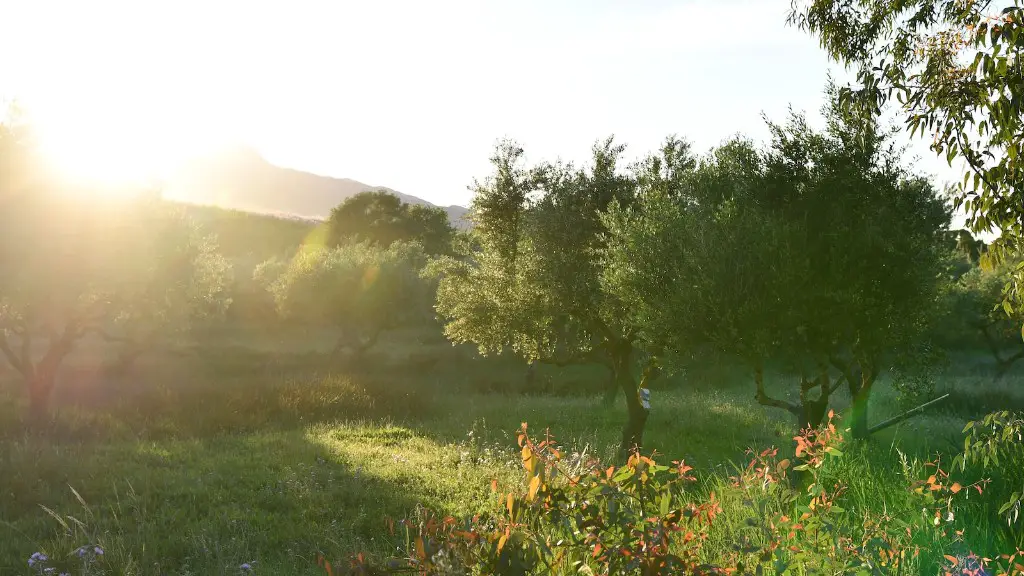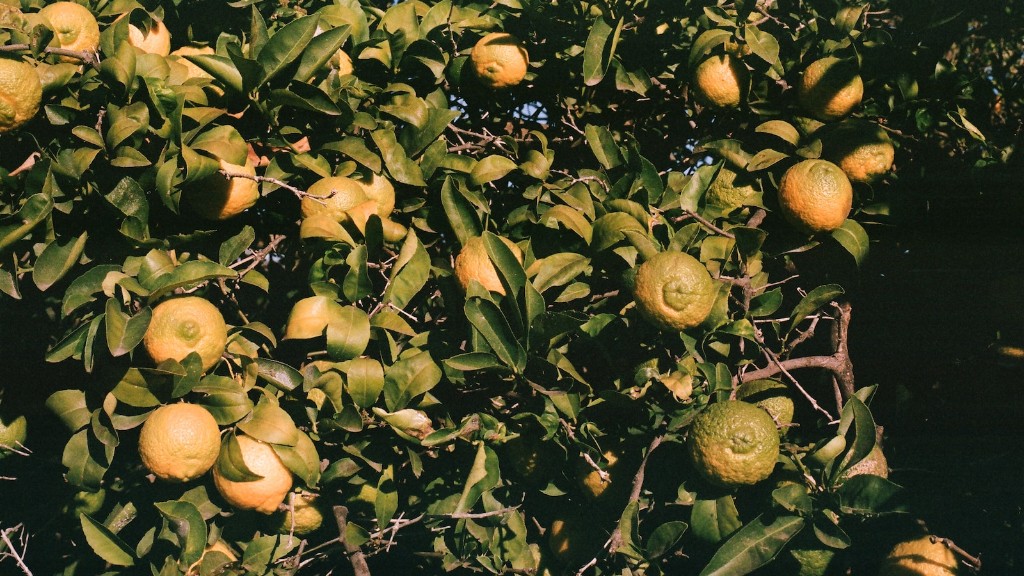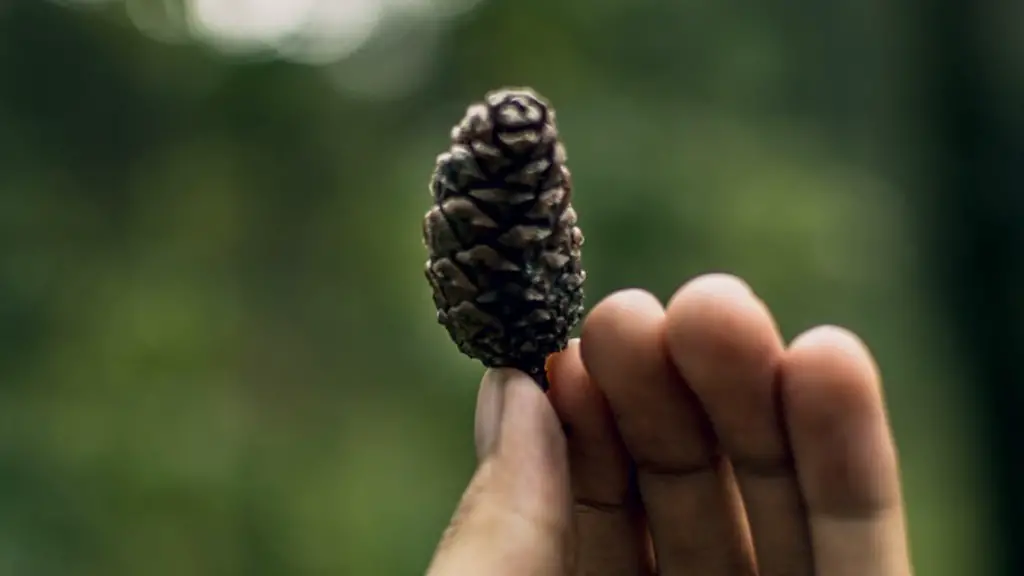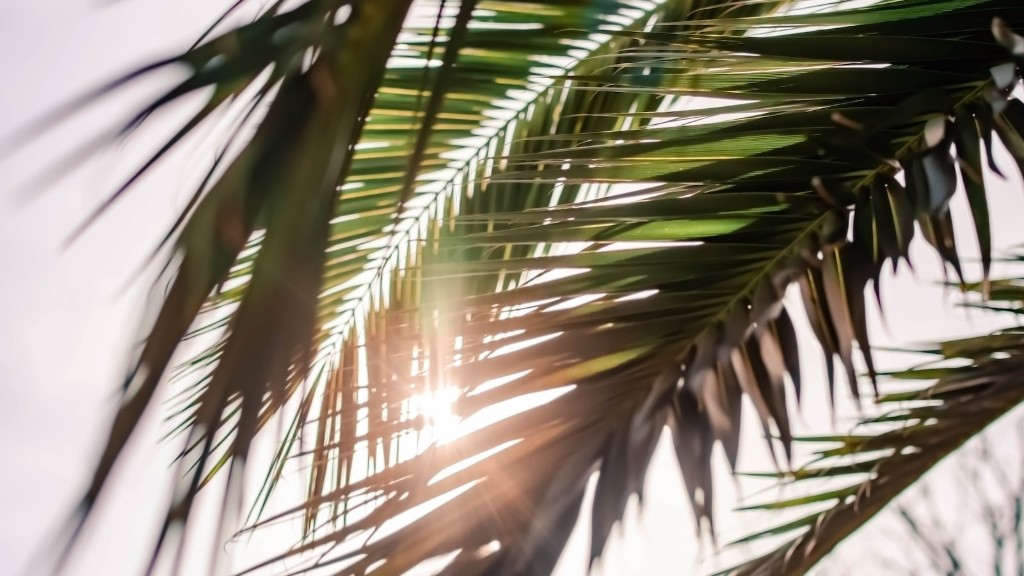Meyer lemon trees are a remarkably popular variety of lemon trees, particularly in temperate climates where the trees tend to thrive. So, how fast does a Meyer lemon tree grow? It largely depends on the type of soil, the climate and the amount of care given to the tree. The growth of a Meyer lemon tree can vary greatly in different climates, but with the right conditions, it can grow at a fast rate.
To help a Meyer lemon tree grow at its fastest rate, it is important to make sure that it has proper soil and adequate water. The soil should be well-draining and nutrient-rich, containing plenty of organic matter. If the tree is planted in poor or compacted soil, it may struggle and growth might be compromised. Regular irrigation with a deep soak once or twice per week may help promote healthy growth, while too-frequent watering can cause roots to become waterlogged, which can have serious consequences.
Fertilizing a Meyer lemon tree every 3-4 months can also help it grow faster. Slow-release fertilizer, which releases its nutrients gradually over a period of time, can make for a more consistent nutrition plan for the tree. Adding compost or other types of organic fertilizers to the soil can help provide the tree with the necessary minerals and vitamins it needs for best growth.
Pruning is another beneficial step for Meyer lemon tree growth. Being judicious with your pruning can keep the tree’s growth more compact, allowing more sunlight and air to reach the small branches, and can also help reduce the risk of disease. Pruning should be done during the growing season, when the tree is actively producing fruit, and the branches should be cut back no more than one-third their length whenever possible. It is also advisable to prune away any dead, diseased or pest-infested sections of the tree.
Finally, providing protection for your Meyer lemon tree will go a long way in helping it grow faster. The tree needs protection from strong winds and sudden changes in temperature, and can be covered by a protective barrier such as burlap, mesh or plastic. Pests and animals can also do considerable damage to a Meyer lemon tree, so it is important to use fencing or other protective measures to keep them at bay.
Soil
Soil is critical for the growth and health of Meyer lemon trees. A soil that is well drained and nutrient-rich is most desirable for this type of tree. It should contain plenty of organic matter, such as compost and mulch, which can help provide a steady supply of the nutrients and minerals the tree needs and help it develop healthy, deep roots. Poor or compacted soil may adversely affect the tree’s growth and should be amended before planting.
The optimal pH level for Meyer lemon trees is between 6.0 and 7.0, however, the lemon trees tend to be tolerant of a slightly wider range of pH levels. Before planting, it is important to test the soil and adjust the pH levels as necessary. Furthermore, the soil should be monitored often to make sure it does not become too acidic or alkaline, as both conditions can slow the growth of the Meyer lemon trees.
Finally, watering deeply and regularly with an inch or two of water per week can help maintain healthy soil conditions and promote vigorous growth. Avoid overwatering, as roots can become waterlogged, preventing oxygen from reaching the roots, which can result in root rot and other serious health issues.
Fertilizer
Fertilizing a Meyer lemon tree every 3-4 months with a nitrogen-rich fertilizer can help promote abundant fruit production and support a healthy growth rate. It can be helpful to use organic fertilizers or compost to make sure that an adequate amount of essential nutrients is being supplied to the tree.
Many types of fertilizers are available, however, slow-release fertilizers are typically considered the best choice, since they provide sustained nutrition for the Meyer lemon tree over an extended period of time. Furthermore, it is important to always follow the instructions on the fertilizer packaging to ensure that the Meyer lemon tree receives the correct amount.
When fertilizing, first mix the fertilizer with water before applying. Once the fertilizer is thoroughly mixed, it should be applied evenly around the Meyer lemon tree’s root zone. Additionally, it is advisable to avoid getting any fertilizer on the tree’s foliage or fruits, as it can cause leaf burn.
Pruning
Pruning a Meyer lemon tree is important to ensure it grows quickly and remains healthy. Pruning helps keep the tree well-shaped and encourages sunlight and air to reach the branches, reducing the risk of leaves or fruits getting displaced or diseased. Pruning should be done during the growing season and careful not to cut more than one-third the length of any branches.
In addition to culling excess branches, it is important to remove any dead, diseased, or pest-infested sections of the tree. This can help reduce the stress on the whole tree and help it continue to grow at a healthy rate. It is generally easier to prune in the late winter or early spring to make sure the new growth has lots of time to form before the end of the growing season.
Finally, pruning should be done with caution due to the potential for damage to the Meyer lemon tree. Pruning tools should be sterilized before use to reduce the risk of spread of any diseases. Moreover, the pruned branches should be disposed of safely and securely to avoid any pests or pathogens coming in contact with the tree.
Protection
Meyer lemon trees can benefit from protection from strong winds, sudden changes in temperature, and pests or animals that may seek to take up residence in the tree or surrounding area. A protective layer such as mesh, burlap, or plastic can help shelter the tree from the elements, while fencing around it can help deter any unwelcome visitors.
Using companion planting around the Meyer lemon tree can also help protect it from pests. Certain plants, such as garlic, onions, and marigolds, tend to be particularly effective in providing protection from various types of insects and other pests. Furthermore, mulching around the tree can help to prevent soil erosion and reduce the likelihood of weeds, while enriching the soil’s organic content.
Finally, it is important to monitor the Meyer lemon tree for any signs of pest or disease activity. If anything is noticed, a fast response is important to keep the disease or pest in check and avoid any long-term damage to the tree.




